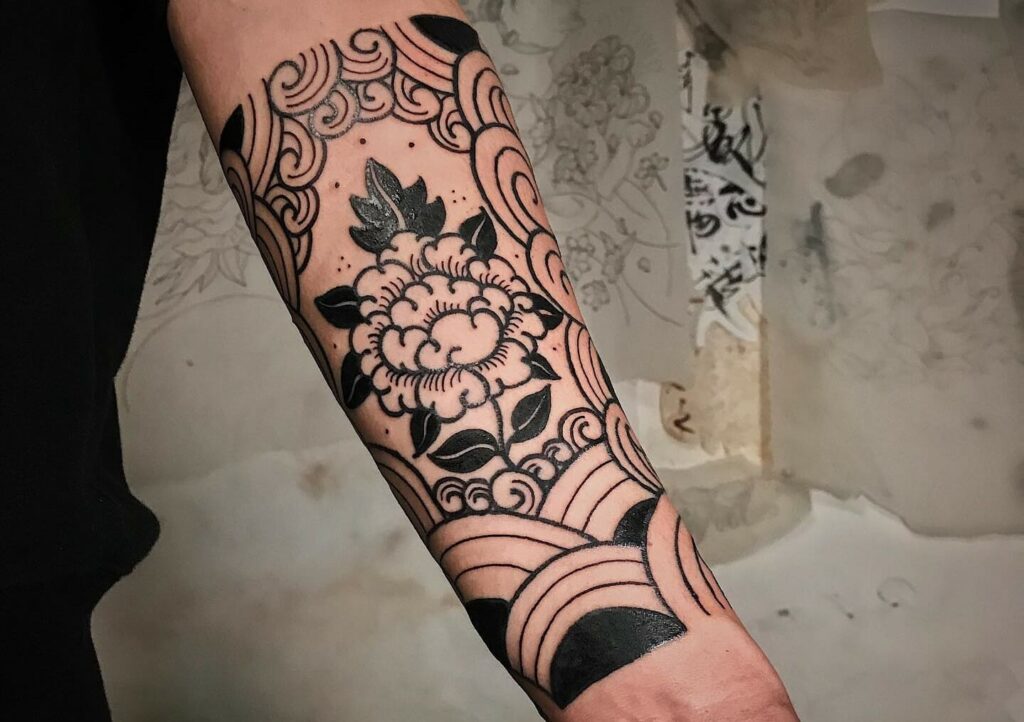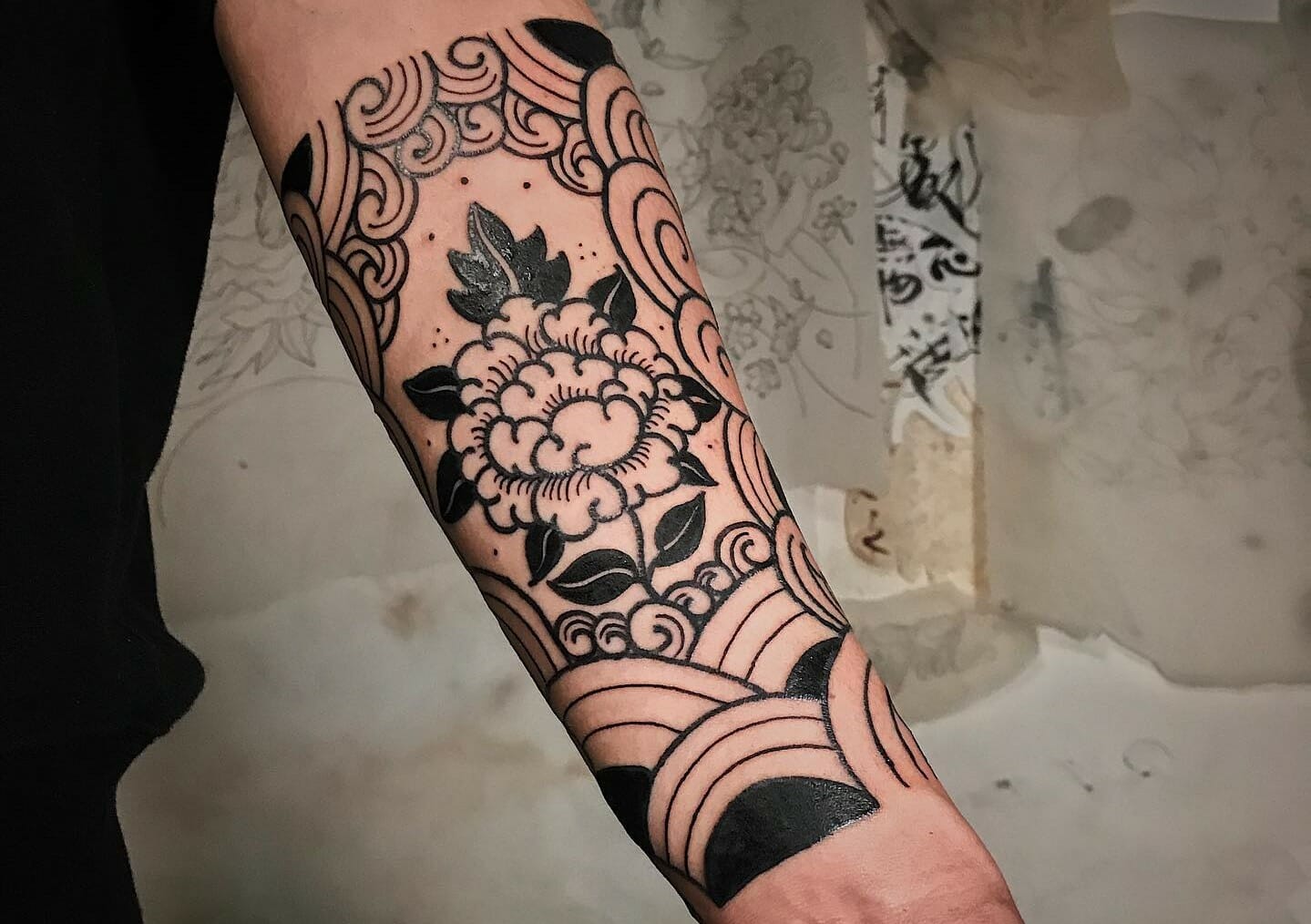
What is a Tattoo Sleeve? A Comprehensive Guide
Thinking about getting a tattoo sleeve? You’re not alone. These impressive and intricate works of art have surged in popularity, transforming arms and legs into canvases for storytelling. But before you commit to a full or half tattoo sleeve, it’s crucial to understand what they are, the different types, the costs involved, and the essential aftercare practices. This guide will provide a comprehensive overview of everything you need to know about tattoo sleeves, helping you make an informed decision and ensuring you’re thrilled with the final result.
Defining a Tattoo Sleeve
A tattoo sleeve is essentially a collection of tattoos that cover a significant portion of the arm or leg. Unlike individual, isolated tattoos, a tattoo sleeve is designed to flow together, creating a cohesive and visually striking piece of art. They can be full, extending from the shoulder to the wrist (or hip to ankle for legs), or half, covering only the upper or lower portion of the limb. The design can be a single, continuous image or a collection of related images and patterns that tell a story or express a theme.
Types of Tattoo Sleeves
Tattoo sleeves come in various styles, each with its unique aesthetic and appeal. Here are some of the most popular types:
Full Tattoo Sleeve
As mentioned above, a full tattoo sleeve covers the entire arm, from the shoulder to the wrist. This offers the most extensive canvas for intricate designs and storytelling. Due to the size, full sleeves often take multiple sessions to complete and can be a significant investment.
Half Tattoo Sleeve
A half tattoo sleeve typically covers either the upper arm (from the shoulder to the elbow) or the lower arm (from the elbow to the wrist). This is a great option for those who want a substantial tattoo without the full commitment of a full sleeve. Half sleeves can also be more easily concealed under clothing if needed.
Quarter Tattoo Sleeve
Less common, but still a viable option, is the quarter tattoo sleeve. This usually covers the upper arm, stopping midway between the shoulder and elbow. It’s a smaller commitment and a good starting point for someone considering a larger piece later.
Popular Tattoo Sleeve Styles and Themes
The possibilities for tattoo sleeve designs are virtually endless. However, some styles and themes are particularly popular:
- Japanese Tattoo Sleeves: Often featuring dragons, koi fish, cherry blossoms, and samurai, Japanese sleeves are known for their bold lines, vibrant colors, and symbolic meanings.
- Tribal Tattoo Sleeves: Incorporating geometric patterns and designs inspired by indigenous cultures, tribal sleeves can represent heritage, strength, and identity.
- Biomechanical Tattoo Sleeves: Blending organic and mechanical elements, biomechanical sleeves create a futuristic and often surreal aesthetic.
- Nature-Themed Tattoo Sleeves: Featuring elements like trees, flowers, animals, and landscapes, nature-themed sleeves celebrate the beauty and power of the natural world.
- Religious Tattoo Sleeves: Incorporating religious iconography and symbols, these sleeves can express faith and devotion.
- Abstract Tattoo Sleeves: Focusing on shapes, colors, and patterns rather than representational imagery, abstract sleeves are a unique and modern option.
The Process of Getting a Tattoo Sleeve
Getting a tattoo sleeve is a significant undertaking that requires careful planning and preparation. Here’s a breakdown of the typical process:
- Consultation: The first step is to consult with a skilled and experienced tattoo artist. Discuss your ideas, preferences, and budget. The artist can help you develop a cohesive design and provide an estimate of the time and cost involved.
- Design Development: Once you’ve chosen an artist, they will work with you to create a detailed design for your tattoo sleeve. This may involve multiple revisions and adjustments to ensure you’re completely satisfied.
- Stenciling: Before the tattooing begins, the artist will create a stencil of the design and apply it to your skin. This allows you to see how the tattoo will look on your arm and make any final adjustments.
- Tattooing: The tattooing process can take several sessions, depending on the size and complexity of the design. Each session can last for several hours, so be prepared to sit still and be patient.
- Aftercare: Proper aftercare is crucial to ensure your tattoo sleeve heals properly and looks its best. Follow your artist’s instructions carefully, which typically involve cleaning the tattoo regularly, applying a healing ointment, and avoiding sun exposure.
Cost of a Tattoo Sleeve
The cost of a tattoo sleeve can vary widely depending on several factors, including:
- Artist’s Hourly Rate: Experienced and reputable artists typically charge higher hourly rates.
- Size and Complexity of the Design: More intricate and detailed designs will take longer to complete and therefore cost more.
- Number of Sessions: A full tattoo sleeve typically requires multiple sessions, each adding to the overall cost.
- Geographic Location: Tattoo prices can vary depending on the location of the studio.
As a general guideline, expect to pay anywhere from $2,000 to $10,000 or more for a full tattoo sleeve. Half sleeves can range from $1,000 to $5,000. It’s essential to get a detailed estimate from your artist before starting the process.
Pain Level Associated with Tattoo Sleeves
Pain is subjective, but getting a tattoo sleeve will definitely involve some discomfort. The pain level can vary depending on the location of the tattoo, your pain tolerance, and the artist’s technique. Areas with more bone and less muscle, such as the wrist and elbow, tend to be more sensitive. Breaks during the session can help manage the pain. Many people find that the end result is worth the discomfort.
Tattoo Sleeve Aftercare: Ensuring Proper Healing
Proper aftercare is paramount for a healthy and vibrant tattoo sleeve. Here’s a general guideline:
- Keep it Clean: Gently wash the tattoo with mild soap and water two to three times a day.
- Apply Ointment: Use a thin layer of a tattoo-specific ointment or a fragrance-free, hypoallergenic moisturizer.
- Avoid Sun Exposure: Protect the tattoo from direct sunlight by wearing loose-fitting clothing or applying sunscreen (once the tattoo is fully healed).
- Don’t Pick or Scratch: Resist the urge to pick or scratch the tattoo, as this can damage the skin and lead to infection.
- Stay Hydrated: Drinking plenty of water can help keep your skin hydrated and promote healing.
- Avoid Soaking: Refrain from swimming, taking baths, or using hot tubs until the tattoo is fully healed.
If you notice any signs of infection, such as excessive redness, swelling, pus, or fever, consult a doctor immediately. [See also: Tattoo Infection Symptoms and Treatment]
Choosing the Right Tattoo Artist for Your Sleeve
Selecting the right tattoo artist is crucial for a successful tattoo sleeve. Look for an artist who:
- Has Experience with Sleeve Tattoos: Not all artists are equally skilled in creating large-scale, cohesive designs.
- Specializes in Your Desired Style: Choose an artist who specializes in the style you’re looking for, whether it’s Japanese, tribal, biomechanical, or something else.
- Has a Strong Portfolio: Review the artist’s portfolio to assess their skill and style.
- Is Licensed and Reputable: Ensure the artist is licensed and works in a clean, reputable studio.
- Communicates Well: Choose an artist who listens to your ideas and provides clear and helpful advice.
Temporary Tattoo Sleeves: A Commitment-Free Option
If you’re not ready to commit to a permanent tattoo sleeve, temporary options are available. These sleeves are typically made of nylon or spandex and feature printed tattoo designs. They can be a fun way to experiment with different styles and see how a tattoo sleeve would look on you. However, they lack the artistry and personal significance of a real tattoo.
Removing a Tattoo Sleeve
Removing a tattoo sleeve is a costly and time-consuming process, typically involving laser tattoo removal. It can take multiple sessions to fade the tattoo significantly, and complete removal is not always possible. Before getting a tattoo sleeve, carefully consider the long-term implications and be sure you’re making a decision you won’t regret.
Conclusion: Is a Tattoo Sleeve Right for You?
A tattoo sleeve is a significant investment of time, money, and commitment. However, it can also be a deeply personal and rewarding experience. If you’re passionate about tattoos and want to express yourself through art, a tattoo sleeve can be a stunning and meaningful addition to your body. Do your research, choose a skilled artist, and take care of your tattoo to ensure a beautiful and lasting result. Considering all aspects carefully will ensure you are happy with your tattoo sleeve for years to come. [See also: Tattoo Styles: A Guide to Different Art Forms] Remember to prioritize aftercare and consult with your artist regarding any concerns. With proper planning and execution, your tattoo sleeve can be a true masterpiece, reflecting your personality and story through ink.

